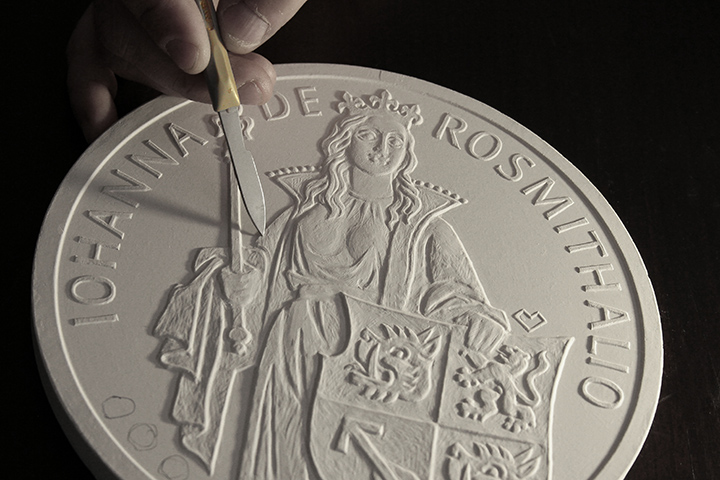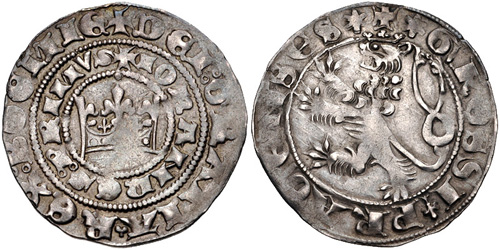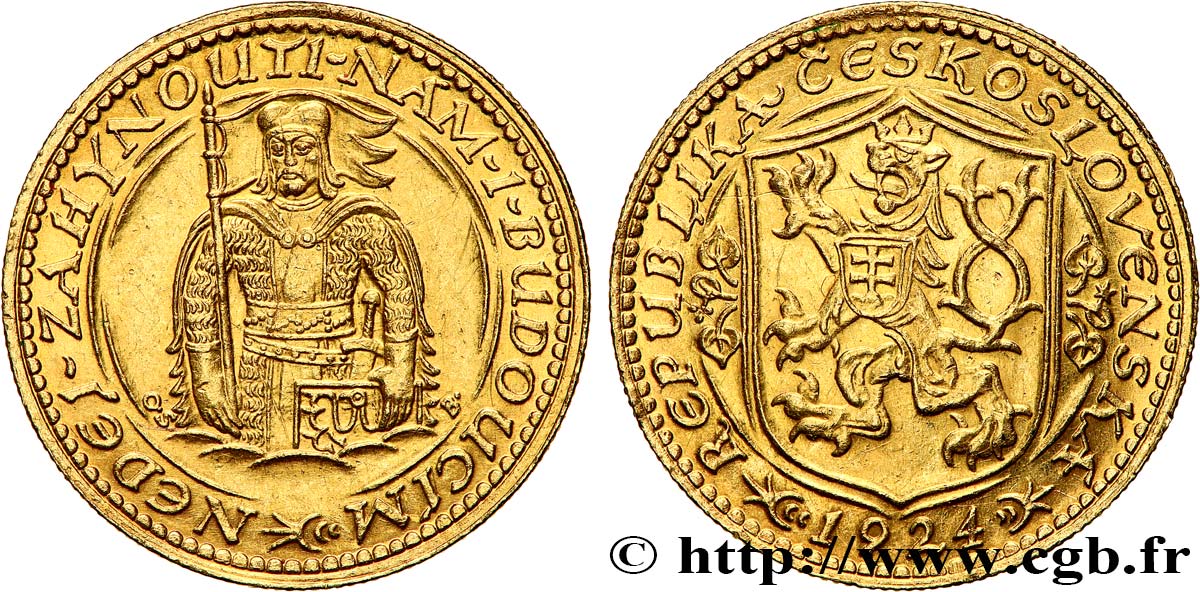Great Suggestions For Hand Polishing Czechoslovakia Medals
Wiki Article
What Is The Reason And How Can A Model Made Of Plaster Converted To Create A Digital 3d Representation For Gold Coins Or Gold Medals?
Scanning a maquette of gold medals and coins requires special equipment. It is able to capture all dimensions of the model, including details and physical features of the model. The digital replica is utilized to serve a variety of purposes during the manufacturing process.
3D Scanning- High-resolution, 3D scanners are used to record the dimensions and details of a plaster model. These scanners utilize various methods such as laser scanning and structured light to record precise measurements and geometrical shapes.
Surface Information Capture- The scanner projects light or laser beams on the model's surface. The scanner captures the distortions and reflections these beams cause, taking in surface information.
Data Collection - As the scanner is moved across the model, it gathers an immense amount of information, creating an image of the model's geometry contours, and other details.
Conversion to 3D Model: The data points are recreated using special software. The model is able to recreate the physical dimensions and dimensions of the plaster model.
Why Create an Digital 3D Model
Digital 3D models are able to replicate the exact dimensions and details of a real model. It is essential to maintain this precision to make sure that the final design of the gold coin or medal matches the original.
Digital models can easily be modified or improved. Designers are able to modify the design without altering the maquette made of plaster.
Compatibility of Digital 3D Models with Manufacturing Processes. Digital 3D model are compatible with a variety of manufacturing technologies such as CNC manufacturing.
Digital 3D models serve as a document for the design. They can be digitally archived to be used in future reference as reproductions, historical documentation.
By scanning the plaster model and then creating digital 3D models that designers and manufacturers can improve the efficiency of their production and ensure precision in reproduction and make use of the latest manufacturing technologies for creating gold medals or coins with precision and fidelity to the original design. Check out the top Scanning and 3D Modeling Prague Mint gold coins blog advice. including gold quarter, best place to buy gold bars, gold eagle price, 50 pesos gold coin, 1 oz gold coin, angel coin, twenty dollar gold coin, sd bullion gold, 24k gold bullion, gold piece price and more.

What Happens When The Janvier Machine Transfer Gold Medals Or Coins From A Master Hub To A Working Hub?
The Janvier machine, sometimes referred to as a pantograph or reducing device is a device that is used during the process of minting that transfers the design of a medal or coin from a master hub to the hub that is working. This is a brief review of the Master Hub Creation.
Master dies are the primary mold or die that contains the exact design on the coin. To ensure precision it is typically made with CNC manufacturing and other precise techniques.
Janvier Machine Installation
The Janvier Machine consists of two elements: a stylus to trace the design, and a tool that cuts the design.
The Janvier machine's master hub, which serves as a template from where the design can be copied, is positioned with utmost security on the machine.
Tracing Design
The stylus on the Janvier machine tracks the contours and fine details of the design of the hub master. When the stylus is moved along the surface of the hub master, it records the design's profile.
Reduce the Design
The Janvier machine's cutting tool replicates the traced design to the working hub. The hub is made of a softer metal that the master usually steel or nickel.
The cutting tool reduces, or duplicates the design on the working hub with a smaller or less size compared to the master hub. This reduces the possibility of striking coins and medals of the size you want.
Accuracy and Precision
Janvier machines are operated with a high degree of precision to ensure a precise transfer of designs from the master hub to the working hub. It faithfully recreates the tiny details and contours.
Quality Control
Quality checks and inspections are performed to verify that the design is in line with the requirements and accuracy needed to strike the design.
Further Processing
The Janvier working hub is an instrument for the striking process of coins or medals. It is used as a mold, or die to make multiple empty medals or coins with the transferred design.
Janvier machines are essential in the creation of coins and medals. They permit the exact reproduction of intricate coin or badge designs. These hubs then are used for the mass production of medals and coins by means of the striking process. See the top janvier processing Czechoslovakia gold coins site examples. including gold angel coin, 5 dollar gold coin, 100 gm gold biscuit, coins and gold, price of 5 dollar gold coin, gold eagle coin, sell gold and silver near me, gold bullion, sovereign british coin, gold american eagle price and more.

What Is The Process By Which High-Quality Gold Blanks Are Weighed, Assessed And Ready For Minting?
To make gold medals or coins that are consistent and precise, gold blanks need to be prepared with care. The preparation procedure for gold blanks will be explained below. The gold is usually refined to meet the specific purity standards required for coinage.
Gold Blank Production Gold Blank Production - The gold material is cut into blanks through an engraver process. Blanking is a process that involves cutting coins-sized discs or planchets, out of the gold material.
Precise Measuring and Weighing
Weighing - Each blank will be individually weighed to ensure that it meets the weight requirements of the coin or the medal. This ensures that every piece has the exact amount of gold for the denomination desired.
Measuring- The diameter, thickness as well as the overall dimension of each blank are measured using precise instruments to ensure uniformity and adhesion to the design specifications.
Quality Control and Inspection
Visual Inspection Each blank is scrutinized visually for imperfections in the surface, irregularities, and impurities. They could have an impact on the final product's quality.
Rejecting Sheets Not Compliant - To maintain consistency Blanks that don't comply with the requirements for dimensions, weight or quality are rejected.
The Motives for Preparing
Consistency of Minting Process. Weighted precisely and measured blanks ensure uniformity throughout the process of minting. Weight and dimensions are consistent which results in uniformly striking of medals and coins.
Accurate Gold Content: Each blank is weighed precisely to ensure that the final coin, or medal, contains exactly the amount of gold that is intended. This guarantees accuracy in both value and purity.
Preventing Variations - Uniform blanks eliminate any variations in weight or size that could affect the value of the medal or coin, its legality or ability to be used in commerce or circulation.
Quality Assurance- Strict quality control measures throughout blank preparation will ensure that only high-quality, defect-free blanks proceed to the process of minting, thus reducing the possibility of defects in the final product.
Legal Compliance - It is important that coins for purpose of circulation or commemoration adhere to the specifications and comply with legal standards.
The accuracy and precision in preparing high-quality gold blanks are vital aspects of the minting process, ensuring the production of precise and high-value legal acceptable gold medals or coins. Have a look at the top gold blanks for Prague Mint gold medals site advice including buy gold coins, 2000 dollar coin, one ounce gold bullion, olympic games gold medal, 1979 gold dollar, 1 oz gold coin price today, gold and silver dealers, five dollar gold coin, silver bars for sale near me, bullion dealers and more.

How Is Gold Fed Into The Coin Presses, And Then Stamped With High-Pressure During Minting?
During the production process, gold blanks will be fed into coin presses in which they are pressed with high pressure. They are then transformed into finished coins or medals. This is a brief overview of the how to load blanks.
Gold blanks, previously checked and cleaned for quality and quality, are then placed into a feeder system that is connected to the coin press. This feeder system is accountable for maintaining that blanks are continuously flowed to the machine.
Blanks for Feeding to the Press
The feeding system was designed to guide the blanks one-by-one into the chamber for striking. This ensures the precise positioning of each blank before stamping.
Alignment & Positioning
The blanks that are in the press chamber are placed, aligned and perfectly oriented to ensure that they are stamped.
Moving in High Pressure
A coin press applies pressure on gold-plated blanks with two dies, one stationary and the other moving. The stationary die contains the negative design impression, while the moveable die is the Hammer.
The die that is moving strikes the blank with great force and then transfers the design on the blank surface. Die dies pressurize the design to create the relief that is raised on the coin or medal.
Repetition Striking (Optional)*
Multi-strikes can be used to create higher-quality medals or coins for example, like proofs or collector's editions. This results in an improved and clearer appearance. Each strike improves the surface characteristics of the blank.
Collection and ejection
After they have been struck, the newly minted coins or medals are released from the press and collected in containers or trays. The designs stamped on them are checked for quality to ensure they conform to the standards set by the manufacturer.
Post-Processing-
Alongside edge lettering and refeding, based on the specifications for the design or mint specifications, certain coins or medals will undergo post-strike or other treatments.
Stamping with high pressure etch the desired designs onto blanks of gold, transforming them to finished coins or medals that are ready for use in collections, circulation, or commemoration. The process is extremely precise as any alteration in pressure or alignment will alter the quality of the final coin. Have a look at the most popular minting Prague Mint gold coins site info. including double eagle gold coin, gold one dollar coin, sell gold silver near me, gold coins coin, 1933 double eagle, 24 karat gold coin, krugerrand, apmex gold, 50 dollar gold piece, american gold eagle and more.
